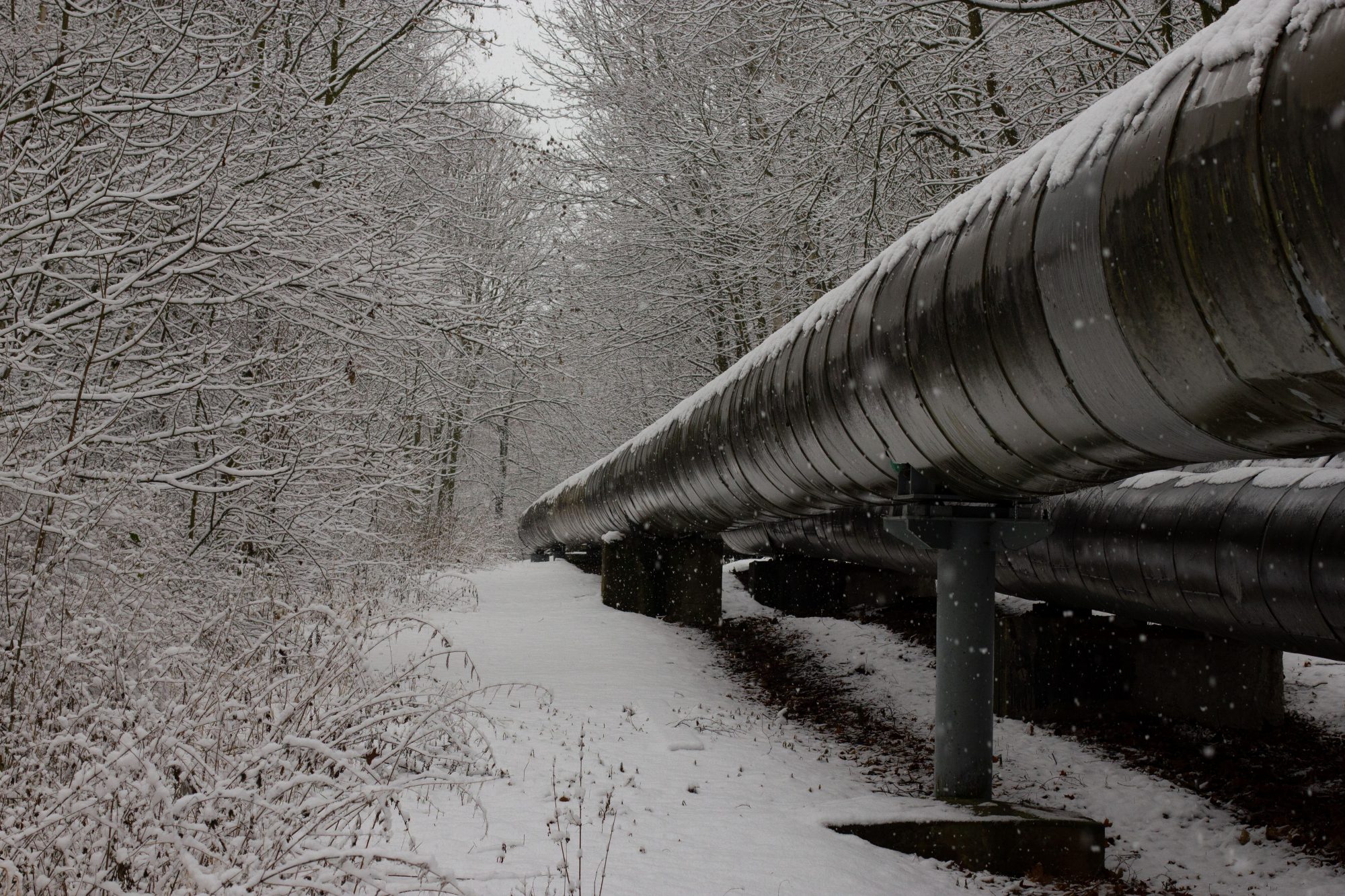Extreme cold weather presents unique challenges for pipeline coatings, especially at girth welds. Traditional coatings often struggle in these harsh conditions, leading to performance issues that can compromise pipeline integrity. Cold temperatures—ranging from 0°F down to -50°F—require special attention when selecting and applying pipeline coatings.
Cold Weather Coating Challenges
When pipelines are installed in cold environments, several factors impact the effectiveness of coatings. Cold temperatures can inhibit proper curing, while harsh weather conditions may prevent coatings from adhering properly. For example, two-part epoxies, frequently used in cold weather, face difficulty curing at temperatures below 45°F. Even specialized cold-weather varieties may not perform as expected, leading to cracking or under-curing that could result in coating failure during construction or pipeline operation.
The procedure in cold environments typically involves ensuring that coatings and primers are kept in heated storage before application, and surfaces must be prepared with blasting to ensure adhesion. However, even with optimal surface preparation, coatings not formulated for extreme cold can result in costly repairs and downtime.
The Importance of Sustainable, Cold-Resistant Solutions
As global energy demands increase, so does the need for pipelines that can operate effectively in extreme environments. Government regulations and environmental standards push the industry toward sustainable, durable coatings that reduce environmental impact while maintaining pipeline integrity.
This growing need for advanced solutions opens the door for innovative technologies like DragX, a cutting-edge surface treatment that is ideal for cold environments. While traditional coatings struggle to cure and maintain durability in freezing temperatures, DragX excels in these conditions.
DragX: A Surface Treatment Built for Cold Environments
DragX stands out as an excellent surface treatment for pipelines operating in extreme cold conditions. Unlike traditional coatings that require special temperature handling, DragX offers superior adhesion and corrosion protection without the extended cure times often associated with epoxies and other liquid coatings.
Its advanced formulation makes DragX ideal for applications where low temperatures could otherwise compromise coating performance. By maintaining its integrity and durability in harsh climates, DragX significantly reduces the risk of pipeline failures, ensuring the longevity and safety of the infrastructure.
Enhancing Pipeline Longevity with DragX
In cold environments, proper pipeline protection isn’t just about corrosion resistance but also about withstanding mechanical stresses that can worsen due to temperature fluctuations. DragX not only prevents corrosion but also provides added resistance to cracking and stress corrosion, which are common issues in cold climates.
Moreover, DragX supports sustainability efforts by reducing the need for frequent reapplications and repairs and lowering the environmental footprint of pipeline operations.
Final Thoughts
The oil and gas industry is evolving, with increased attention to environmental sustainability and operational efficiency. In cold-weather environments, where traditional coatings often fall short, surface treatments like DragX provide an optimal solution. With its ability to function in extreme temperatures and support long-term pipeline integrity, DragX is paving the way for more reliable and environmentally friendly pipeline operations.
As the demand for sustainable and cold-resistant pipeline solutions grows, innovative treatments like DragX are leading the industry forward. Built for the harshest environments, DragX ensures pipelines can operate safely and efficiently, even in the most extreme conditions. This makes it a prime choice for operators looking to maintain both performance and environmental responsibility. Reach out for more information on DragX.

